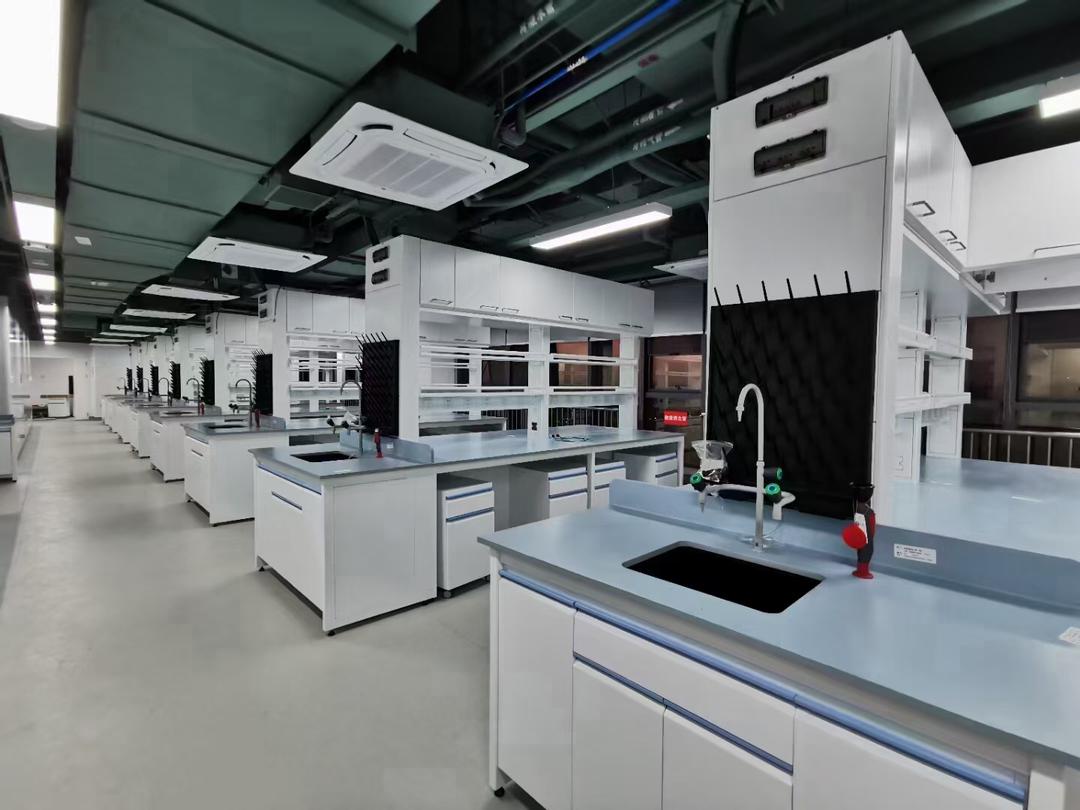introduction:
Laboratory furniture design plays a pivotal role in facilitating efficient workflows, ensuring safety, and enhancing productivity within scientific research environments. As laboratories evolve to meet the demands of advancing technology and research methods, innovative designs are emerging to cater to the changing needs of scientists and technicians. In this blog, we will explore the latest trends and innovations in laboratory furniture design that are revolutionizing the way we work in scientific settings.
1.Flexible and Modular Furniture:
Flexibility is a key consideration in modern laboratory furniture design. Researchers require adaptable workspaces that can be easily reconfigured to accommodate various experiments and changing research needs. Modular furniture systems, such as adjustable workbenches, shelving units, and storage solutions, allow for customization and efficient space utilization. These designs facilitate seamless transitions between different laboratory setups, promoting versatility and cost-effectiveness.
2.Ergonomic and User-Centric Designs:
The well-being and comfort of laboratory personnel are increasingly prioritized in furniture design. Ergonomics plays a crucial role in reducing the risk of musculoskeletal disorders and enhancing productivity. Height-adjustable workstations, ergonomic seating, and user-friendly equipment placement contribute to improved posture, reduced fatigue, and increased efficiency. By addressing the physical needs of scientists, these designs foster a healthier and more conducive work environment.
3.Integration of Advanced Technologies:
With the rapid advancement of technology, laboratory furniture is integrating smart features and connectivity options. Integration of IoT (Internet of Things) devices allows for real-time monitoring of equipment performance, energy consumption, and safety parameters. Smart lab benches may include built-in sensors, automated controls, and data collection capabilities, streamlining processes and providing valuable insights for efficient resource management.
4.Enhanced Safety Features:
Safety is paramount in laboratory settings, and furniture design is evolving to incorporate enhanced safety features. This includes the integration of fire-resistant materials, chemical-resistant surfaces, and fume hood systems that effectively capture and eliminate hazardous fumes. Ergonomic designs that reduce the risk of accidents, such as rounded corners and smooth edges, are also gaining prominence. Additionally, furniture designs that facilitate proper segregation of incompatible chemicals and secure storage of hazardous materials are being implemented to ensure a safer work environment.
5.Sustainability and Green Initiatives:
Environmental consciousness is a growing concern across industries, and laboratory furniture design is no exception. Sustainable materials and practices are being embraced to reduce the carbon footprint of laboratories. Manufacturers are incorporating eco-friendly materials, such as recycled or recyclable plastics, responsibly sourced wood, and low VOC (Volatile Organic Compound) finishes. Additionally, energy-efficient lighting systems, water-saving fixtures, and waste management solutions are being integrated into laboratory furniture designs to promote sustainability.
Conclusion:
Laboratory furniture Kuwait design is continuously evolving to meet the changing needs of scientific research. The latest trends and innovations discussed in this blog highlight the focus on flexibility, ergonomics, advanced technologies, safety, and sustainability. By incorporating these design elements, laboratories can optimize workflows, enhance safety protocols, improve productivity, and create a more comfortable and sustainable work environment for researchers. As technology continues to advance and research methodologies evolve, we can expect further exciting developments in laboratory furniture design that will shape the future of scientific exploration.
Reference Link(OriginallyPosted: https://ziebaqkuwait.blogspot.com/2023/06/evolving-trends-and-innovations-in.html


No comments yet